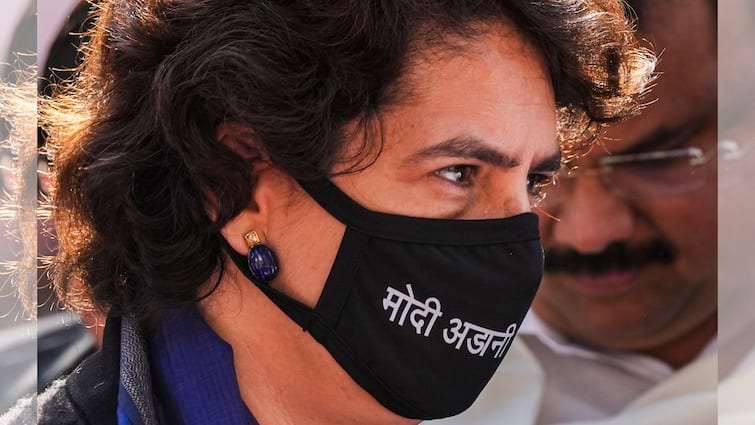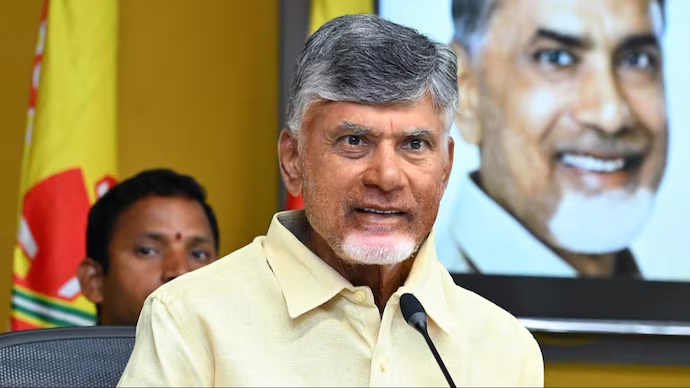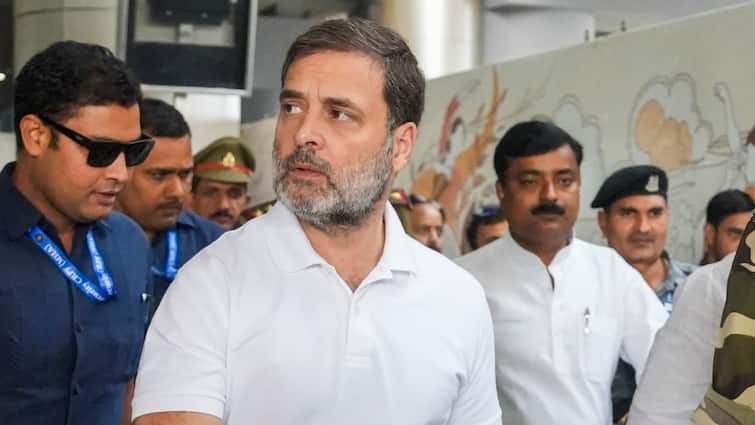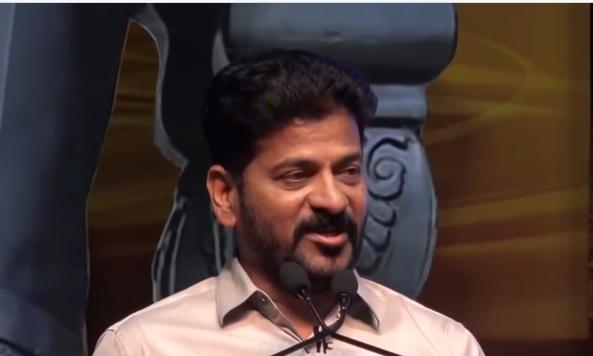
Counting people, lesson from Bihar
Hindustan TimesWhile caste informs every aspect of the South Asian experience — knowledge, stratification, power, intimacy, theology — the Indian governing classes have been so far averse to its inclusion as a category in the decennial Census. The persistent caste blindness has been breached by the Bihar government’s release of the first set of caste-based survey data on the symbolic occasion of Mahatma Gandhi’s birthday on October 2. Any meaningful population enumeration must be positioned as a cartographic exercise that dynamically mirrors India’s immense cultural diversity and socio-economic inequality, including caste. The survey returns the population share of the privileged caste Ashraf Muslims to 4.8% and the lower caste Pasmanda Muslims to 12.9%, leading to a total population share of Muslims at 17.70%. Caste, South Asia’s storehouse of social power, often constitutes the crucial site where “class” is lived out and contested.
History of this topic

Counting right: The Hindu Editorial on caste surveys
The Hindu
Looking through the census prism
New Indian Express
Congress Leader Calls for Nationwide Caste Census to Uncover Deepest Layers of Discrimination
Deccan Chronicle
Census Sparks Debate: Need for Precise Data on Other Backward Classes
New Indian ExpressSiddaramaiah Warns BJP Over Caste Census, Hints at Legal Stalemate
The Hindu
DC Edit | RSS backing caste census spells a problem for BJP
Deccan Chronicle
BJP Faces Dilemma Over RSS-endorsed Caste Census
Deccan Chronicle
Lalu Yadav on caste census: ‘Will hold RSS, BJP by ear, make them do sit-ups’
Hindustan Times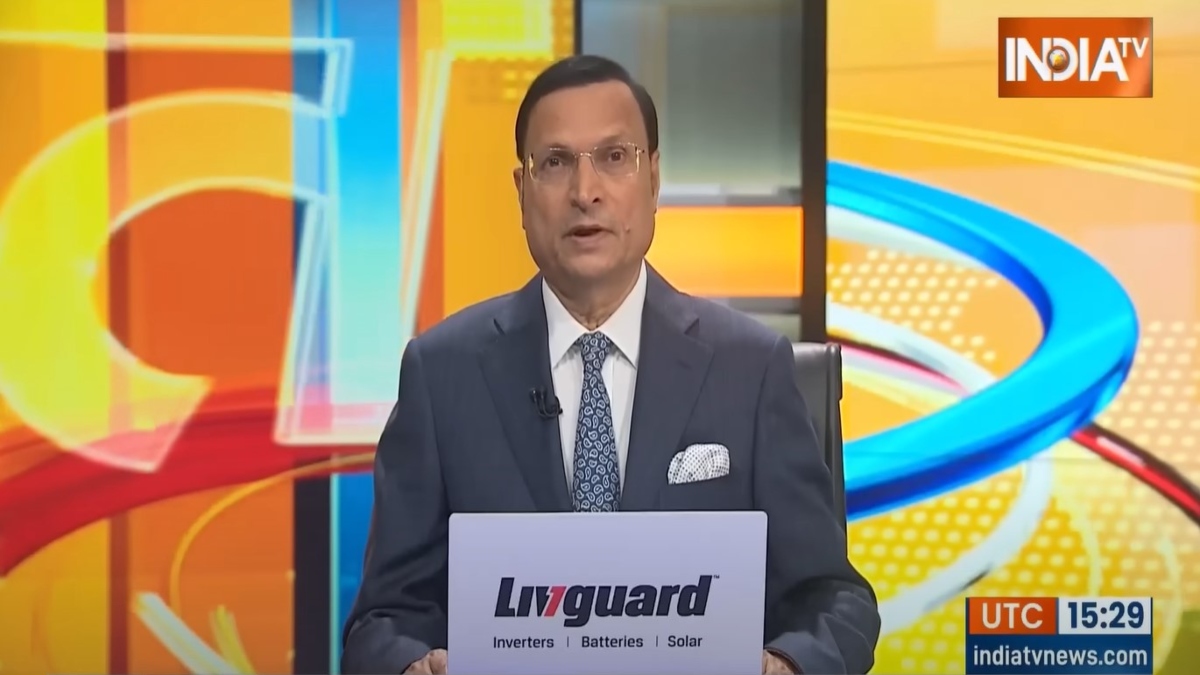
OPINION | Caste Census: Why did RSS propose?
India TV News
RSS Backs Caste Census, But With Conditions As Congress Accuses It Of Opposing Move
ABP News
RSS supports caste census but warns against 'political use'
Hindustan Times
'India's order has come': Rahul Gandhi on caste census after survey shows rising support
Hindustan Times
‘90% people sitting out of system’: Rahul Gandhi's fresh caste census demand
Hindustan Times
Emerging dimensions of caste politics in India
Hindustan TimesRahul Gandhi vows to conduct caste census if Congress voted to power
The Hindu
'INDIA bloc will remove 50% cap on reservations if voted to power': Rahul Gandhi
India Today
In Kerala, parties weigh in on a caste census
The HinduCaught in a row, RSS says it is not against a caste census
The Hindu
Shinde Indicates Caste Census in Maharashtra
Deccan Chronicle
Caste survey will do no good, will aggravate inequality: RSS
Hindustan Times
Have not opposed caste census, says Shivakumar after Kharge’s charge
Hindustan Times
We need well-designed and nationally-accepted tools to measure social inequality
Live Mint
Caste Survey | In Bihar, an arithmetic of caste and politics of numbers
Hindustan Times
In Madhya Pradesh, no groundswell in support of Congress’ caste survey pitch
The Hindu
Caste census crucial to ensure participation of all in govt: Rahul in MP
Hindustan Times
Politics as unusual: Who’s afraid of an all-India caste X-ray?
Live Mint
Caste survey and quota hike: Bihar starts political churn ahead of 2024 polls
Hindustan Times
Law doesn’t bar states from counting castes
Hindustan Times
PM Modi ‘scared’ of caste census, trying to create ‘atmosphere of fear’ in country against it: Adhir Chowdhury
India TV News
Tamil Nadu CM MK Stalin Writes to PM Modi on Caste Census
Deccan Chronicle
Caste census finds resonance in Rajasthan
Hindustan Times
Bihar caste survey results challenge BJP’s Hindutva unity narrative
The HinduINTERVIEW | Akhilesh Yadav: ‘Reservation has to be on the basis of caste, not poverty’
The Hindu
Bihar’s caste survey can spark a new political consciousness
The Hindu
A key step by Bihar to promote better social justice
The Hindu
The case for caste census in India | Explained
The HinduNSS hits out at the pitch for caste census, says it’s a threat to nation’s unity
The Hindu
Opinion: Caste census plank gives Rahul Gandhi leg-up within Congress and INDIA bloc
India TodayOur government will conduct a country-wide caste census: Congress Working Committee
The Hindu
‘PM Modi will keep distracting in coming times’: Rahul Gandhi on caste census
Live Mint
Rajasthan government orders conduct of caste survey
The Hindu
After Bihar, Rajasthan issues order to conduct caste census
India TV News
Equality and identity: The Hindu Editorial on the findings of the Bihar caste count
The Hindu
The Bihar caste survey marks a big step towards a reality check
Live Mint
What the caste survey means for Nitish-Lalu, and the BJP
Hindustan Times
The impact of the Bihar caste survey | Explained
The Hindu
Just counting castes not enough, reveal findings of socio-economic survey as well: RLJD leader Upendra Kushwaha
The Hindu
Why Bihar caste survey is useless without economic data
India Today
How a landmark caste census in India threatens Modi’s grip on power
Al JazeeraDiscover Related




